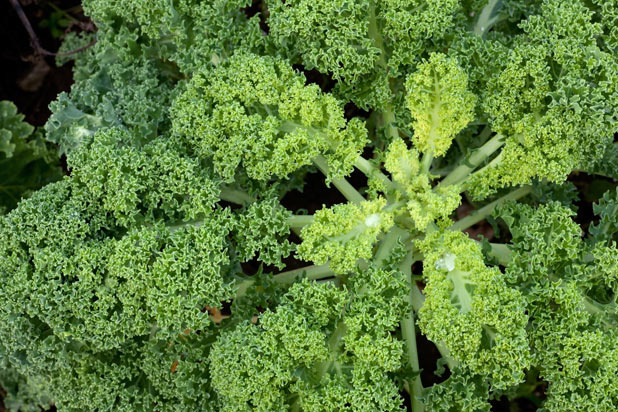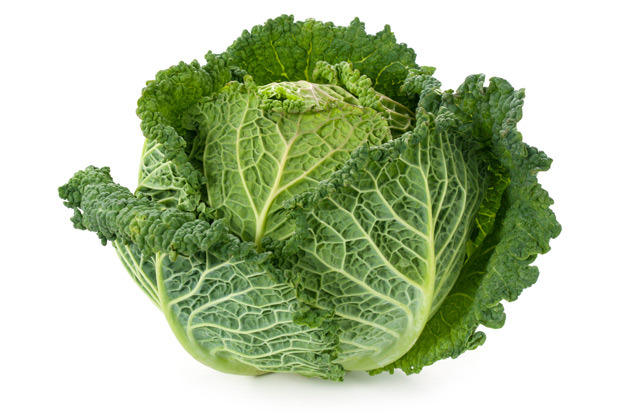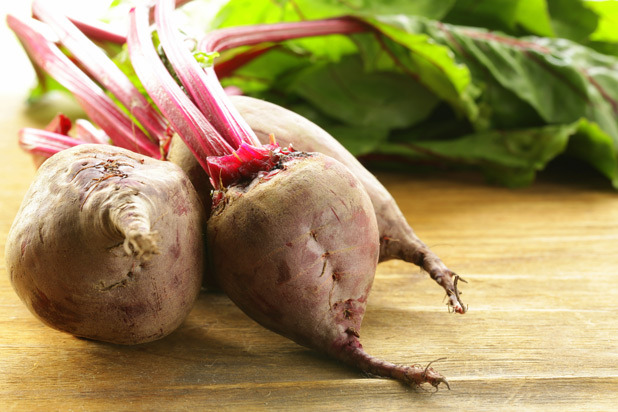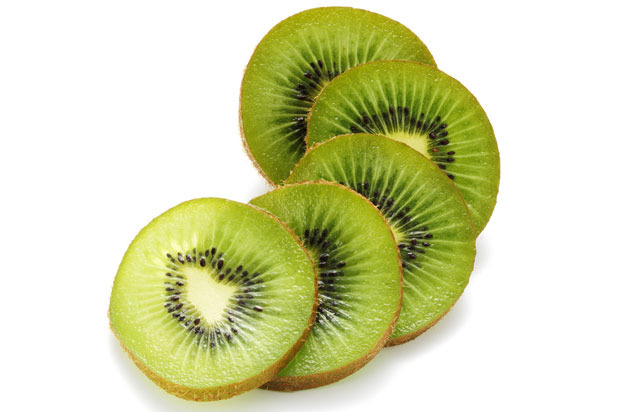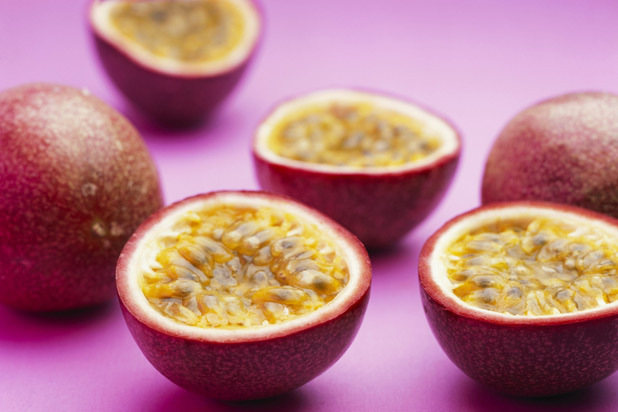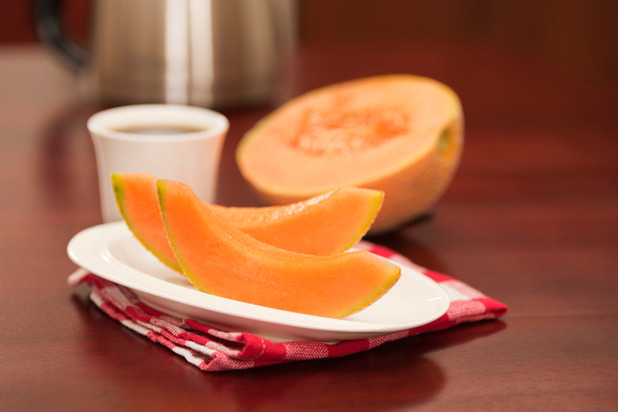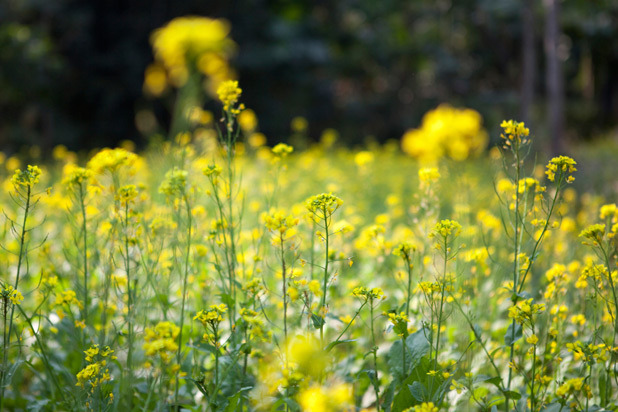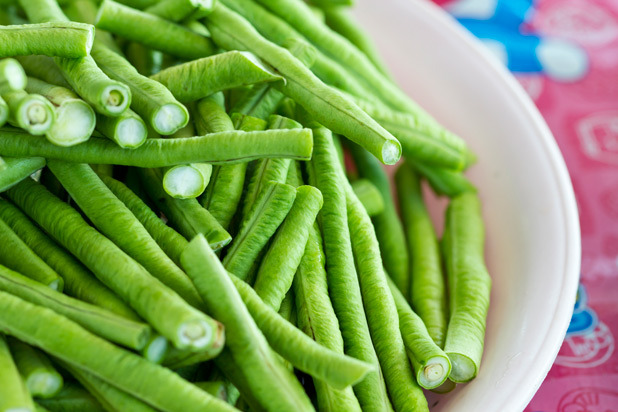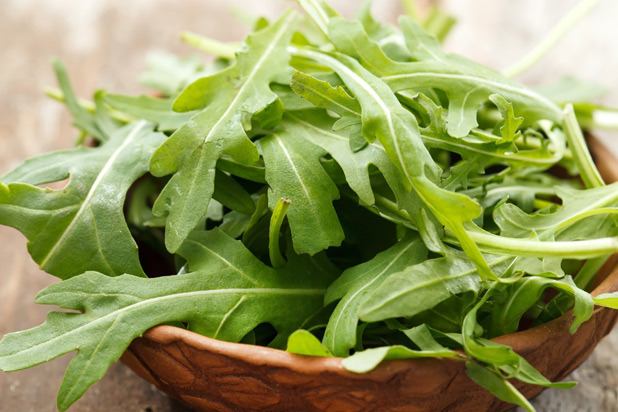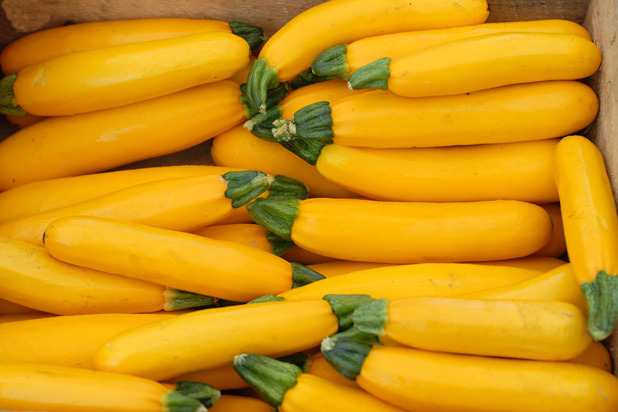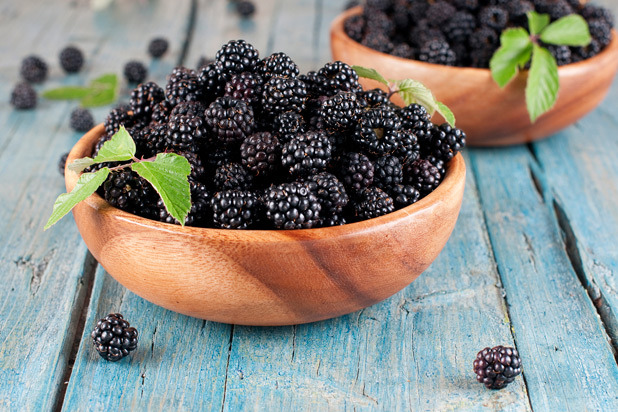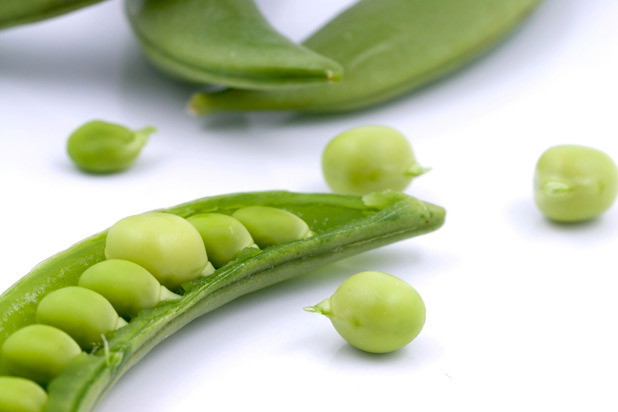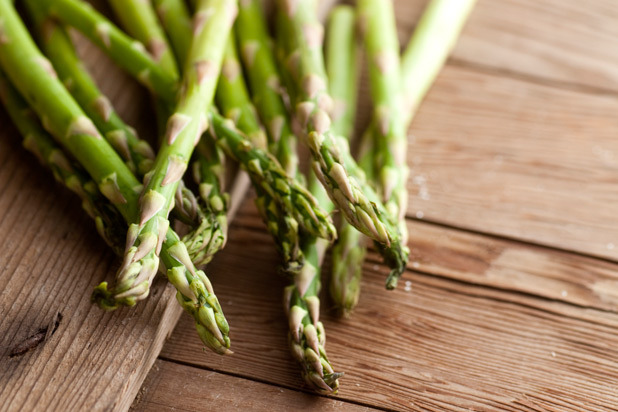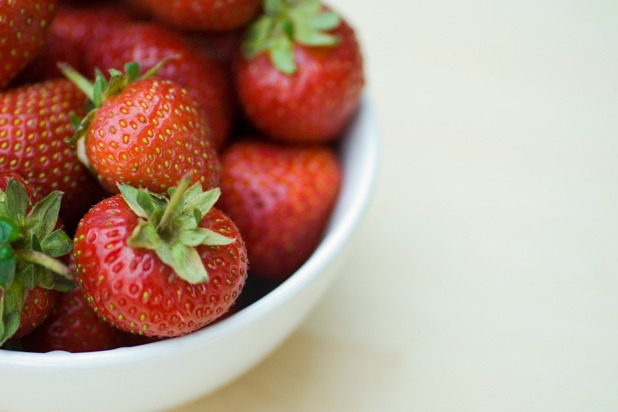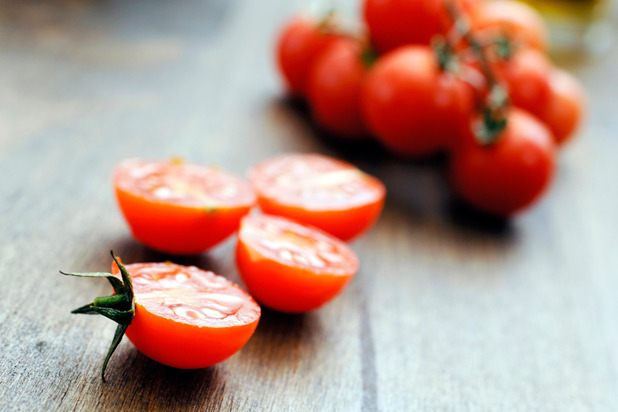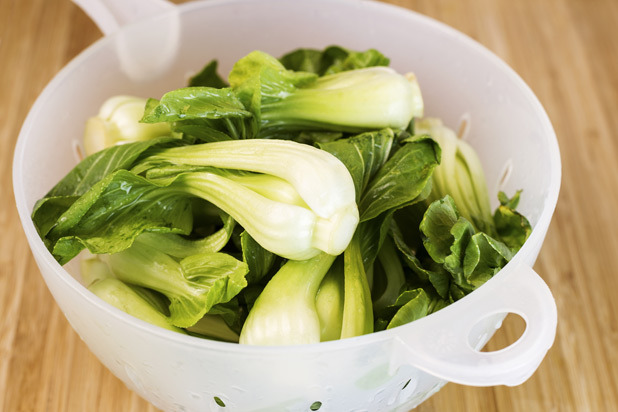The Daily Meal's Fruit And Vegetable Pageant
Looking at a cactus leaf from a nutritional standpoint, it falls somewhere in the middle of the ranking. Unfortunately for it, though, its scores based on looks, taste, and cooking drags it to the bottom of the list.
"Some supermarkets sell raw cactus leaves (nopales in Spanish) with their thorns removed and cut into ready-to-use strips," says Thomas. "Cooked, they have the appealing texture of blanched green beans, with a flavor that is a mix of green bell peppers sprinkled with lemon juice. Phytochemicals within cactus leaves have been shown to lower triglycerides, while other studies have displayed their ability to help reduce symptoms of overindulgence in alcoholic beverages. Grill the prepared strips of cactus leaves and toss in a taco salad or include them as part of an enchilada filling."
19. Kale
Also falling in the middle of the nutritional ranking, kale's burly leaves require long amounts of cooking and produce little reward, so the vegetable falls at number 19 on our list. Thankfully for the leafy green, Thomas believes there might be hope for it, yet.
"A big culinary break started when chefs discovered that [cooking chopped kale as if it were ceviche] by marinating it in a lemony vinaigrette for at least 30 minutes tenderizes the tough vegetable and builds a delicious flavor," she says.
18. Savoy Cabbage
Unfortunately for cabbage, you're not going to enjoy eating it that much unless you've got mayonnaise and lemon juice on hand. Its nutritional value and boring looks don't help it out much, either, which places it at 18 on our list.
Thankfully we like coleslaw, because cabbage is a nutrition-rich vegetable full of restorative power according to Thomas. "[Cabbage] is a nutrient-packed rascal, with large amounts of fiber and vitamins A, B, C, and K. It also contains indoles, a phytochemical that can help to stimulate repair of DNA in a cell that has been damaged," she tells us.
17. Beets
Beets are not that nutritionally dense, flavorful, or easy to cook. Thankfully, they're pretty darn gorgeous to look at, which ranked them above cactus leaves, kale, and savoy cabbage. Because beets scored the lowest in the cooking department, Thomas suggested cooking them her favorite way (and what she thinks is the easiest): steam-roasting.
"Preheat the oven to 400 degrees; wash beets with 1-inch stems attached in cold water. Wrap wet beets three to a packet (four if they are small) in heavy-duty aluminum foil; place packet(s) on rimmed baking sheet. Roast until fork tender, 30 to 60 minutes, depending on size. When cool enough to handle, slip off peel," she instructs.
16. Kiwi Fruit
Considering kiwis from the perspective of looks, how easy they are to prepare, and how they taste, they don't score so bad. Unfortunately, they are the least nutritious out of this list of plants, so they fall pretty low in the rankings. Not all hope is lost, though, because Thomas says that studies have connected them to a number of health benefits, including cancer-fighting and heart- and brain-strengthening ones.
15. Passion Fruit
Passion fruit tastes great straight off the vine, which gave it a high score in both the taste and cooking department. Similar to kiwis, though, they're not as nutritionally dense as other fruits and vegetables on this list, and they can sometimes be tough on the eyes, depending on who you're asking, which affected their score for looks as well.
14. Cantaloupe
We consider cantaloupe a beautiful fruit that is easy to prepare and delicious. While it's not as valuable in the nutrition department, Thomas tells us that the juice-rich melon has antioxidants that help protect our blood vessels, and it's also exceptionally high in vitamin A and C. She suggests trying it in your favorite sandwich in place of a tomato slice for a new way to enjoy the fruit.
13. Mustard Greens
Out of all of the fruits and vegetables on this list, mustard greens are the second most nutritious for you, but unfortunately they're not that tasty and they look pretty gnarly. Their fiber content is high enough to make you consider eating them, though, and Thomas suggests pairing the peppery greens with something rich and assertive, such as cheese or braised shortribs.
12. Green Beans
Green beans — a familiar old friend on this list. Familiar can also mean boring, which is why the vegetable fell into the middle of the rankings, despite it being so nutritionally dense.
"Easy to grow in a summer home garden, green beans have fleshy sweet pods that taste delicious whether cooked to al dente or braised so that they're cushiony and soft," says Thomas. "Some people like enjoy them raw as a crunchy snack. Just 1 cup of steamed green beans has nearly 1 milligram of iron; that is almost as much as a 3-ounce steak."
10. Arugula
Smack in the middle of our list falls arugula. Arugula is full of antibacterial and antiviral qualities, which make it the third most nutritious plant on this list. It's also incredibly easy to prepare and its Christmas-tree qualities make it easy on the eyes. For those of you who don't warm to its strong, peppery qualities, Thomas recommends serving it with a fruity salad dressing, coarse sea salt, and shaved Parmigiano-Reggiano.
9. Summer Squash
Beautiful, delicious, and easy, summer squash is one of our favorite vegetables on this list. While not ranking within the top 10 most nutritious, there are plenty of reasons why you should enjoy it.
"[Summer squash] is packed with fiber, B vitamins, vitamin C, and a boatload of minerals. Certain compounds in summer squash have [even] been shown to have cough-suppressant abilities," Thomas says.
8. Blackberries
Beauty, taste, and ease all carry this fruit close to the top of our list, and they're also one of the most nutritious fruits on the Earth, according to Thomas.
"Blackberries are one of the most nutrient-dense fruits on the planet," she says. "One chew and those tiny little juice-filled sacs burst, spreading scrumptious flavors to all corners of the mouth... Compounds in blackberries have been shown in studies to help lower the risk of kidney stones."
6. Snow Peas
Snow peas aren't just incredibly good for us; they're also beautiful, easy to prepare, and have a sweet, unimposingly delicious taste.
"Snow peas are high in fiber and vitamins, as well as many beneficial minerals. In spite of their sweetness, they can help manage blood sugar," Thomas says.
4. Asparagus
As the most nutritious plant on this list, it's not hard to argue for asparagus' ranking in our pageant.
"Each stately stalk is a powerhouse of nutrient density with a grassy, nutty-sweet flavor profile. Asparagus contains more dietary glutathione than any other vegetable or fruit. This phytochemical recycles vitamins C and E back to their active forms and research suggests that it helps reduce cataract development in the eyes," she tells us.
Roast it with shaved Parmesan cheese and garnish with purple lavender flowers, and you've got yourself a near perfect vegetable in our books.
3. Strawberries
This fruit had across-the-board perfect scores in terms of looks, taste, and cooking, but unfortunately its nutritional density kept it from stealing number one on our list. Strawberries are still not to be overlooked according to Thomas, though.
"One cup of strawberry slices has as much vitamin C as a cup of orange juice and about as much folate as 1 cup of green beans," she says.
2. Tomatoes
How can you hate a tomato? They're nutrient-rich, a great source of dietary fiber, vitamins A, C, and K, as well as potassium and manganese, and man do they taste good. During the height of summer (the peak of their season), we could eat them like an apple, earning them the second place on our list.
1. Bok Choy
Here she is ladies and gentlemen, the most nutritious, best looking, tastiest, and convenient plant on our list. Bok choy is the ideal vegetable in our minds. Its tender stems are sweet and flavorful when braised, while its beautiful green leaves provide a peppery hint of spice. Thomas tells us that the folate found in bok choy helps protect our hearts and prevents neural tube defects. That, combined with top scores in everything else, earns it the number one spot on our list.

